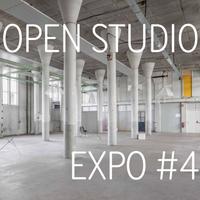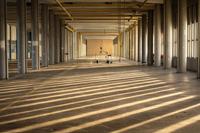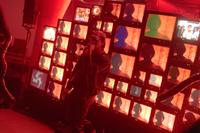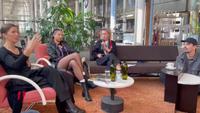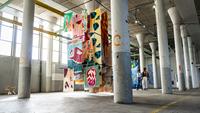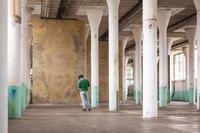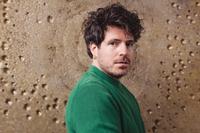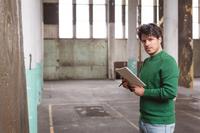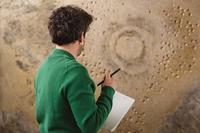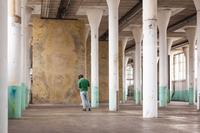It’s strange not seeing each other for a while. I know there isn’t any other way, but it’s strange. I hope I’ll still recognise you, after the renovation.
Of course I think of you, now that you’re away, but it’s hard to say exactly what it is I think of. I have no words for your scent, or for the freckles on your face. Of course I think of our slow dancing, but I’ve already forgotten to what music it was. I remind myself not to forget you. I keep reminding myself, without knowing what it actually is I’m not supposed to forget.
What you should know about me: I’m not very good with the past. I forget the weirdest things, sometimes before they’ve even happened. What I thought when I saw you for the first time, what we wore on our first dates, what your face actually looks like. Sometimes it’s as though I’ve forgotten how to remember something. It's a strange condition, I know. It would get in the way if you want to become prime minister, other than that you can live with it.
But I’m thinking of you, and I’m thinking of how memories hover in our thoughts like large, flat brass works of art. They move to the back sometimes, and then to the front again, right before your eyes. Sometimes because you want to retell something the best you can, sometimes because you're cycling behind someone smoking a cigar, which straight up teleports you back to grandpa's study, sometimes because a dog barks in the distance.
Some images we don’t want to get rid of, and others we are unable to get rid of.
Most of my childhood memories happen to have been photographed.
It was Kahneman who taught me that memories are not flawless, if I recall correctly. Or was it Brainard?
Memories - like works of art - aren't photocopies, but subjective interpretations of the truth. As such, we are all artists. And when interpretations are subsequently reinterpreted, when the memory resurfaces, we are spectators of our own works of art. There’s no point in trying to see absolute truth there, these are interpretations of interpretations. And besides, didn't you know that artists more often than not fail to understand their own work of art?
I hope you remember me too. You may remember I’m more comfortable with abstractions rather than images, and that I mainly appreciate works of art as depictions of something intangible. I remember what I remember of you: the beginning of time, the slowness of perseverance, the great absurdity, abundance and bullets. I remember how I feel when I miss you. Yes, this is what I remember every day you're not here.
I look forward to seeing you again, to be reminded once again of what it is I am missing.

